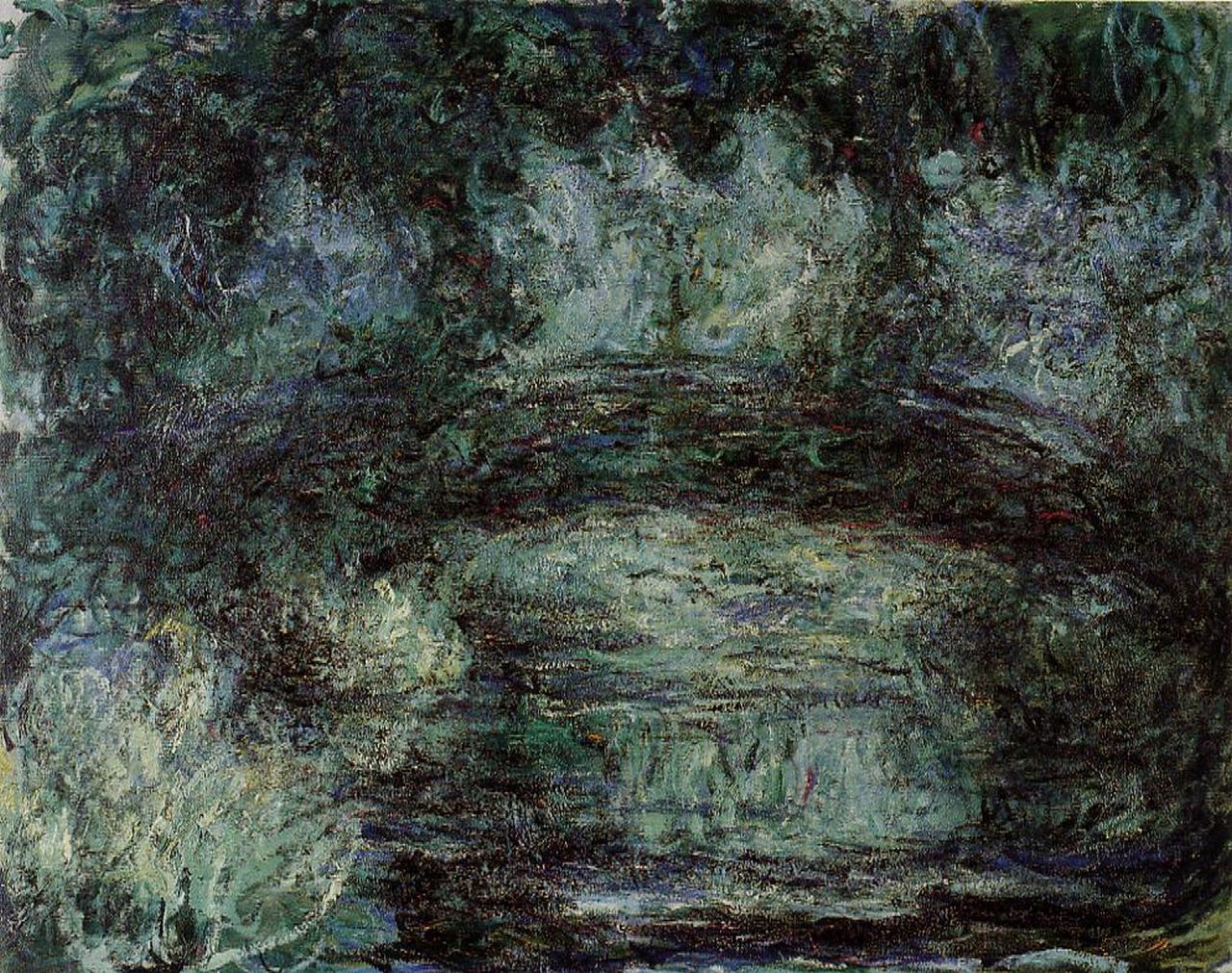The Cleveland Museum of Art (CMA)
March 31 through August 11, 2024
Featuring five significant paintings by French Impressionist Claude Monet, including three special loans from the Musée Marmottan Monet in Paris and two from the CMA’s own collection, the exhibition explores how Monet immersed himself in capturing the momentary effects of light and atmosphere at various times of day and under different weather conditions. The three paintings of Monet’s water garden reflect the artist’s sensitivity to the decorative qualities of color and form in his late works. This daring advance toward abstraction represents Monet as one of the most avant-garde artists of the early 20th century. On view in the Julia and Larry Pollock Focus Gallery from March 31 through August 11, 2024, this free exhibition is co-organized by the Cleveland Museum of Art and the Musée Marmottan Monet.
“In creating this focused exhibition, our goal was to highlight Monet’s impassioned pursuit to record the elusive qualities of light, color, and atmosphere in his art,” said Heather Lemonedes Brown, the CMA’s Paul J. and Edith Ingalls Vignos Jr. Curator of Modern European Art. “Taken together, the five paintings in this focused installation demonstrate Monet’s progression toward painting increasingly contemplative works that depict not the precise way the landscape looked, but the sensations such views conjured for the artist. In the 20th century, Monet aligned himself with the poet Stephane Mallarmé and the composer Claude Debussy, identifying not with the Impressionist friends of his youth but with the less determinate domain of suggestion and dreams. It is the artist’s mature, poetic vision that visitors will find in Monet in Focus.”
PAINTINGS IN THE EXHIBITION
: Rouen Cathedral, Sunlight Effect, End of the Day, 1892. Claude Monet (French, 1840–1926). Oil on canvas; 100 x 65 cm. Paris, Musée Marmottan Monet, Michel Monet bequest, 1966. Inv. 5174. Photo © Musée Marmottan Monet, Paris
Rouen Cathedral, Sunlight Effect, End of the Day (1892), on loan from Musée Marmottan Monet, Paris, belongs to one of Monet’s most important series in which he painted more than 30 views of the cathedral. In this depiction, the facade is brought dramatically forward and cropped at the edges in a way that reduces the complex Gothic architecture to a single, powerful shape. By keeping forms close to the surface and emphasizing the interplay of expressive brushwork and intense color, Monet transformed this renowned medieval landmark into a modern visual icon that seems to shimmer mysteriously in a haze of colored light.
Water Lilies, 1907. Claude Monet (French, 1840–1926). Oil on canvas; 100 x 73 cm. Paris, Musée Marmottan Monet, Michel Monet bequest, 1966. Inv. 5118. Photo © Musée Marmottan Monet, Paris
Japanese Bridge, 1918. Claude Monet (French, 1840–1926). Oil on canvas; 100 x 200 cm. Paris, Musée Marmottan Monet, Michel Monet bequest, 1966. Inv. 5106. Photo © Musée Marmottan Monet, Paris
Also on loan is his painting Japanese Bridge (1918). Monet constructed the bridge to link the banks of his water garden with the small island in the center. The bridge was the subject of more than two dozen works of art. The 1918 painting in the current exhibition is among his most daringly abstract works. The viewpoint moves close to the motif, placing greater emphasis on densely compacted surfaces of expressive brushwork and color, so that the bridge nearly disappears under overlapping skeins of thickly encrusted paint and strokes of color. The audacious dissolution of form announced a new moment of radical experimentation for an artist in his 80s.
Water Lilies (Agapanthus), Monet’s masterwork from CMA’s collection, was part of his Grandes Décorations in which he sought to arrange a series of monumental water lily paintings in an oval room, thus creating a continuous panorama that would enclose the viewer in an environment of pure color. Ultimately, 22 of Monet’s Grandes Décorations were installed in the Musée de l’Orangerie in Paris. In 1960, the CMA acquired the left panel of one of the triptychs that was not installed in the Musée de l’Orangerie and which remained in Monet’s studio following his death in 1926.
Gardener’s House at Antibes, also part of the CMA’s collection, is one in a series of 35 canvases that Monet painted during a five-month stay at Antibes in southern France. Under the Mediterranean sun, his colors became lighter, his paint surfaces more thickly impastoed. “What I bring back from here,” he wrote, “will be sweetness itself, white, pink, and blue, all enveloped in a magical air.” The strong colors and heavy paint surfaces seem drenched in intense light and heat of the Mediterranean coast.
“The Musée Marmottan Monet holds one of the world’s finest collections of works by Monet,” said Brown. “Thanks to a wonderful working relationship, we were able to send the CMA’s Water Lilies (Agapanthus) from the CMA to the exhibition Monet-Mitchell at the Fondation Louis Vuitton, Paris, in 2022. As a token of gratitude, they allowed us to borrow these three paintings for our visitors to enjoy.”
.JPG/1313px-Claude_Monet_-_Rouen_Cathedral%2C_Facade_(Sunset).JPG)


